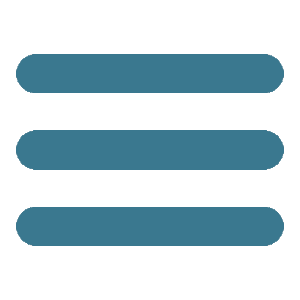It is 1336. The 24th April 1336. Two brothers, Francesco and Gherardo Petrarca, are preparing to climb Mount Ventoux. With them they have a copy of the Confessions of St. Augustine. Not without difficulty, especially by the older Francesco, the two reached the summit on 26th April 1336. Francesco opens the volume that he has brought with him and reads a passage: «Et eunt hominem mirari alta montium et ingentes fluctus maris et latissimos lapsus fluminem et Oceani ambitum et gyros siderum et reliquunt se ipsos nec miratur.» (1)
During the ascent (of which I deliberately neglect here the metaphorical value) Francesco and Gherardo had met an old shepherd who had warned them, as a young man he had climbed to the summit, but he had only got tired and scratched. In fact the landscape, which is so tiring to conquer is a series of natural phenomena in itself. At the top of Mount Ventoux, however, Petrarca feels the need for deeper reflection than what is offered by the view.
A connection that puts on a similar level the shadows on the bottom of the Platonic myth of the cave with pictures of the mountains, the valleys, the rivers, human artefacts. You need to reach an understanding that goes beyond the evidence of the divine plan, expressed by the natural world, pushing man towards a deeper understanding of what is before him. The opening of thought that comes as a result of this makes Petrarch write which in the Western world is considered the first reflection on the concept of landscape.
Since then a lot of water has passed under the bridge and speculation on the subject are stratified adapting to the times, but the understanding of the landscape remains a complex and articulated territory.
Human settlement offers in this sense the most interesting ideas, both for the consequences that it will reconnect on the environment, and for the implicit suggestions on the perception of the landscape itself. If we assume with Merleau-Ponty that what surrounds us does not consist only of natural things, but also from the products of human ingenuity (2), in the moment in which our analysis pushes to the landscape there are a few stimuli that lead us to range from places that we used to consider unspoiled – but in reality these are not, as Salvatore Ligios argued some years ago with his photographic research (3) – to places where man, while not having physically put his feet yet, has
already branded his presence with artifacts.
|
|
To even get (see the next issue of FPmag) to virtual places where the landscape becomes a virtual son of a player-demiurge that with the help of sophisticated algorithms generates it from time to time.
For this reason, and with a clear provocative intention, we open this number with a photograph of Enzo Bruglieri, eighty-four year old professional from Benevento, met during a workshop. While showing me his refined fashion images taken in Paris in the sixties, I was struck by portraits dear to the amateur photography world for conception. But what have portraits got to do with an issue dedicated to the landscape, to its human settlement and its consequences? It has got plenty to do with it (provocatively, I emphasize again) because in the background you can see a landscape, distant and vernacular memory of the Renaissance backgrounds. But it is a landscape that today would be defined virtual, since it does not exist, except in the imagination of Bruglieri who physically painted it before placing the models. A simplified version of some phenomena that we offer to our readers in this and in the next issue and that, for the game of connections, we refer to that African photograph which became important by the will of careful and shrewd French curators.
[ Sandro Iovine ]
--------------------------------------------
(1) - «The men, however, go to admire the mountain peaks, towering waves of the sea, the vast currents of the rivers, the extension of the Ocean, the orbits of the stars, and abandon themselves.»
Agostino,
Confessioni, Bompiani, Milan, 2012; p. 908.
(2) - «The world is perceived not only by natural things, it is also that of paintings, music, books, everything that the Germans call the cultural world.» Maurice Merleau-Ponty,
Conversazioni, SE, Milan, 2002; p. 75.
(3) - Salvatore Ligios, Il paesaggio invisibile, Poliedro, Nuoro, 1998.
|

 home
cover ▼
opinions
news ▼
portfolio
post.it
post.cast
video
ongoing
thematicpaths
googlecards
FPtag
home
cover ▼
opinions
news ▼
portfolio
post.it
post.cast
video
ongoing
thematicpaths
googlecards
FPtag


